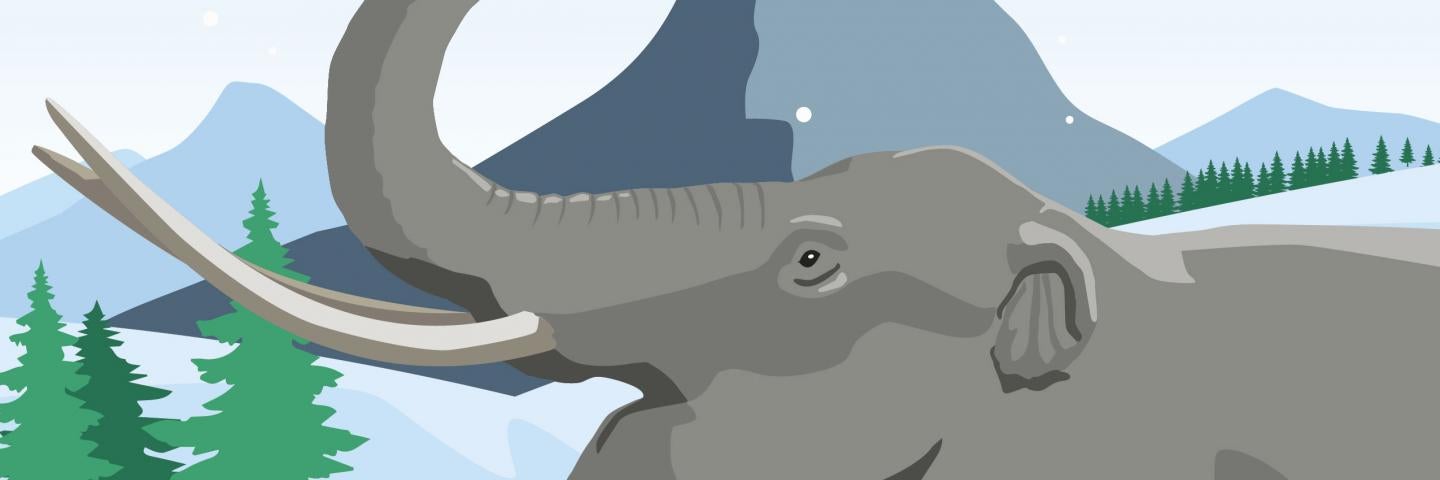The Pleistocene—also known as the Ice Age—is the period of time from 2.6 million years ago until about 10,000 years ago. During this time, Oregon was home to some very different (and often much larger) animals than those you'd see today, but there were also some familiar faces.
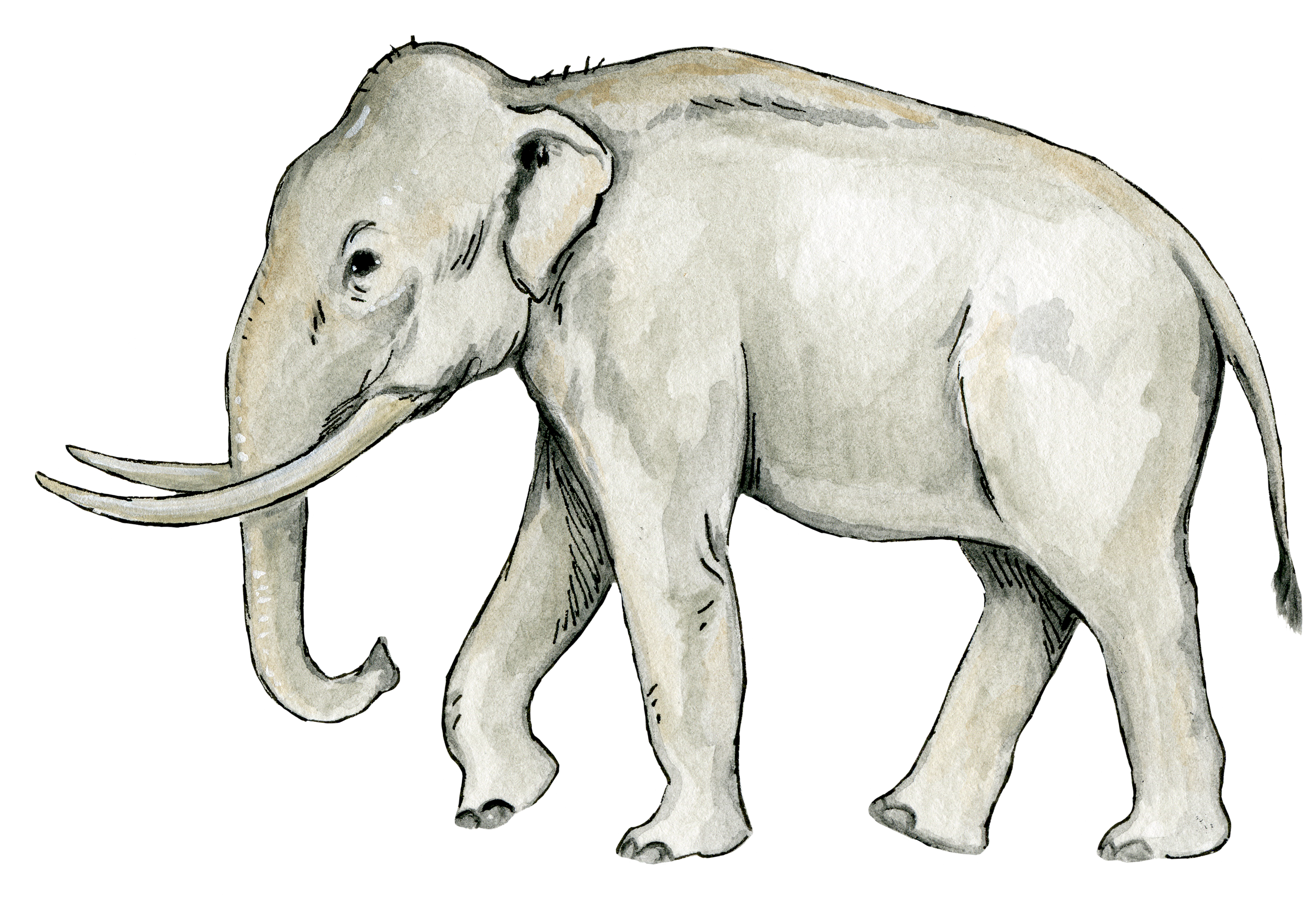
| MEET THE MAMMOTH!Columbian mammoths (Mammuthus columbi) had big feet and a giant stride. They also carried a heavy load: A tusk alone could weigh over 100 pounds and grow 14 feet long! Altogether, at about 22,000 pounds, a mammoth was as heavy as a school bus. Mammoths were herbivores (plant eaters) and consumed 300 to 400 pounds of vegetation a day. Their long trunks were specially adapted for plucking grass and their flat, washboard-like teeth were very effective for chewing plants. With all that chewing, it's not surprising that mammoths went through six sets of molars in their lifetime! Did you know that the museum has two life-size Columbian mammoth sculptures in our courtyard? Watch this clip and see how one of these giants was installed! |
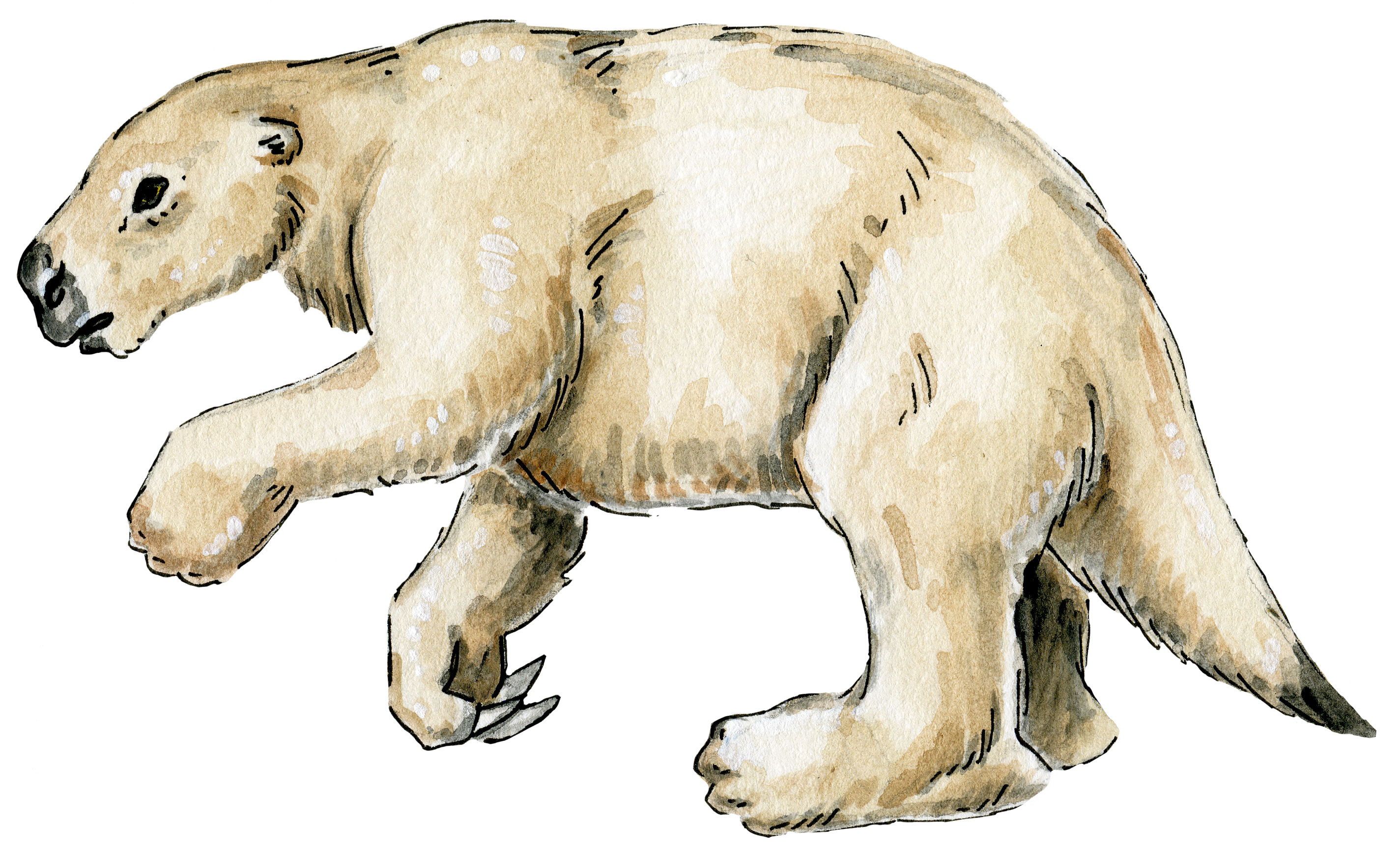 | A SIZEABLE SLOTHThousands of years ago, giants roamed Oregon—including giant beavers, Columbian mammoths, and the 9-foot-tall Harlan's ground sloth (Paramylodon harlani). Giant sloths were herbivores (plant eaters) whose diet focused on grasses, leaves, tree roots, and twigs. They had giant claws, so they walked on the backs of their hands. |
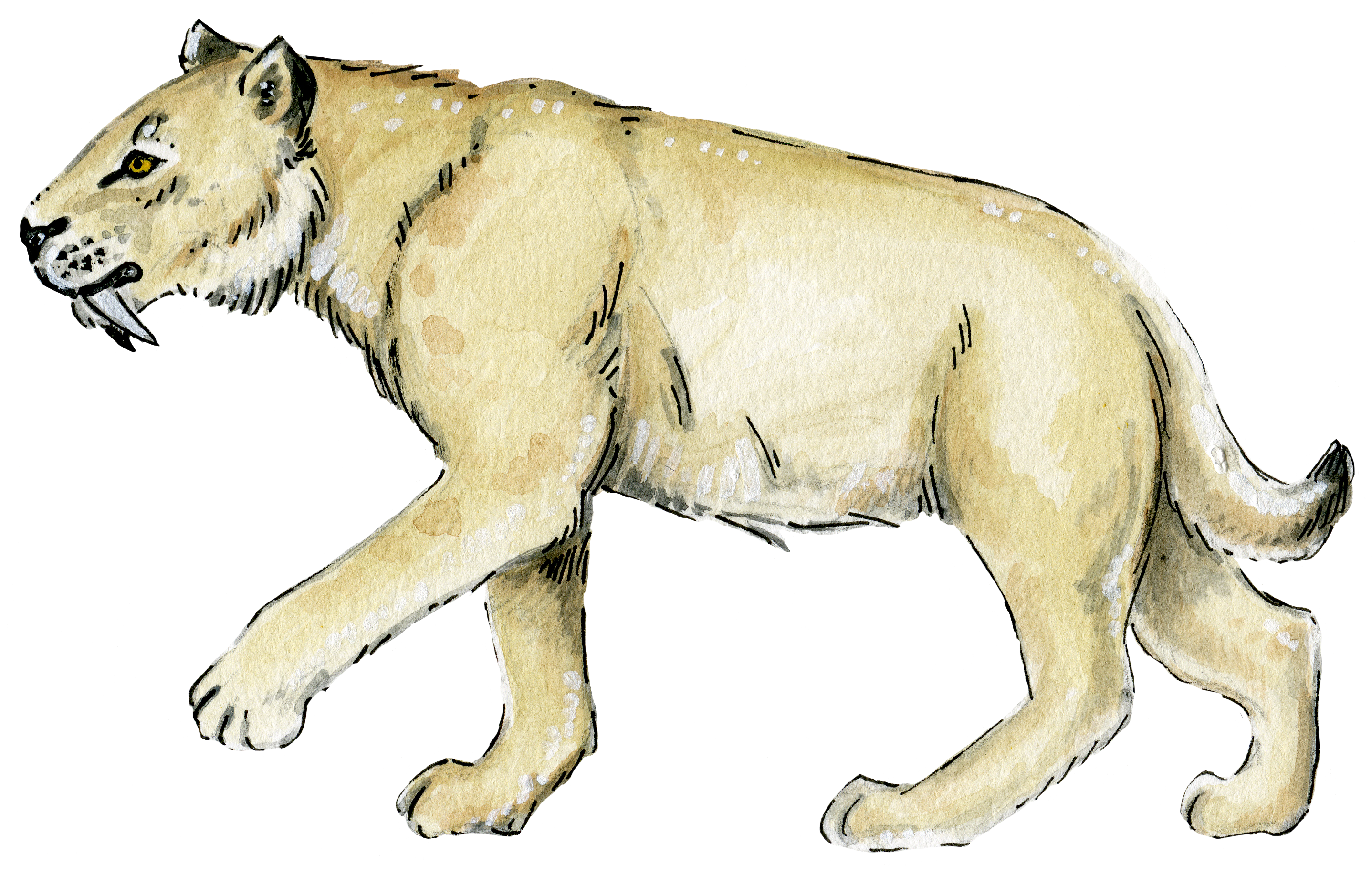 | THE FANGED FELINEThe saber-tooth cat, or Smilodon, was about six feet long and over three feet tall, weighing 350 to 600 pounds. Now that’s a big cat! They could likely jump as high and far as lions can today—that's 12 feet high and over 20 feet in distance. As a carnivore (meat eater), Smilodon preyed on large mammals like bison, camels, ground sloths, and young mammoths. They could leap out of hiding to catch their prey and could open their mouths as wide as 120 degrees—almost twice as wide as modern tigers can! |
EXPLORE MORE!
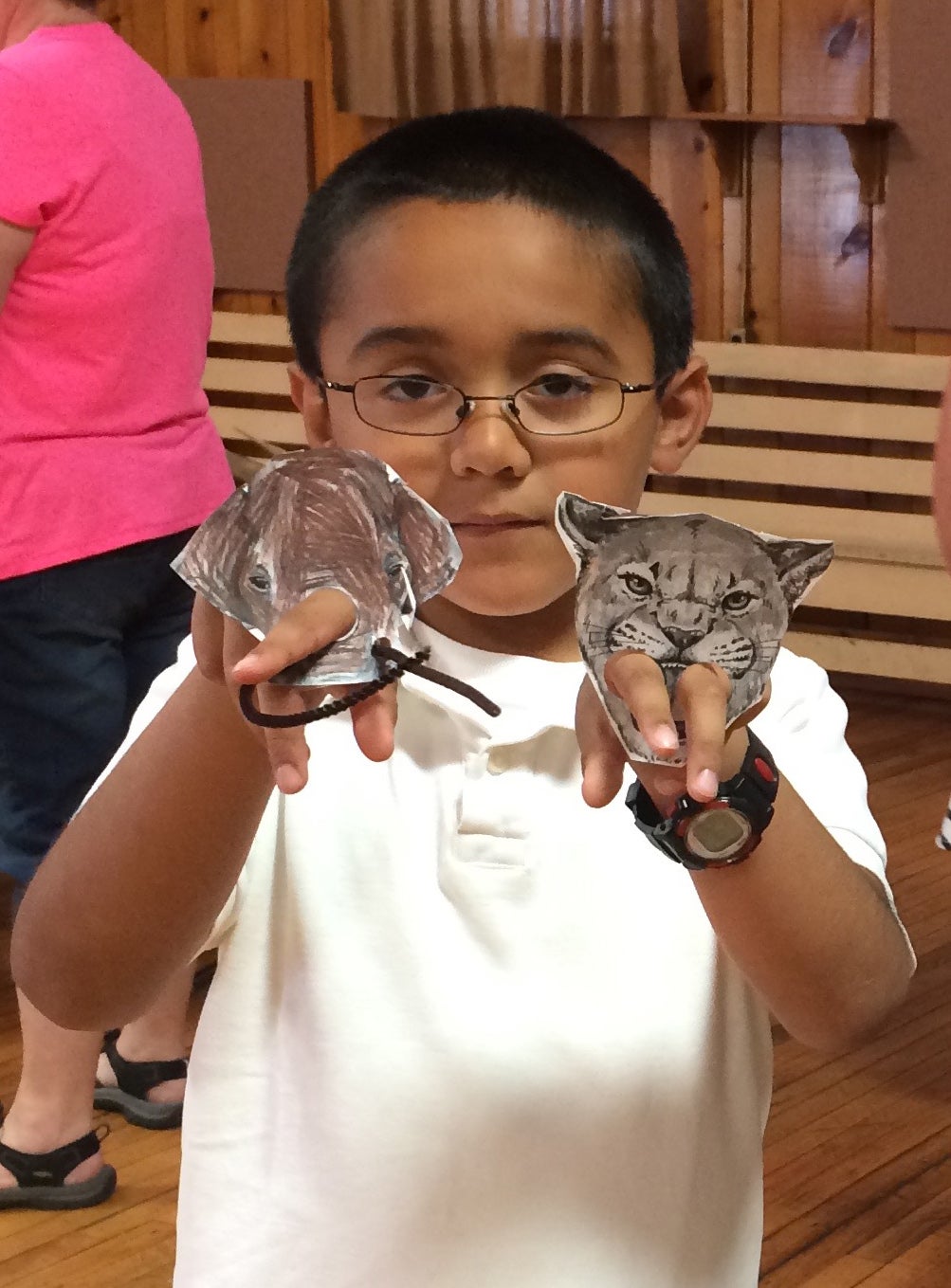
| CRAFTPrehistoric Finger Puppets |
 | ACTIVITIESOpen wide... Look in the mirror and compare your teeth with Smilodon’s. How are they different from yours? How are they like yours? How wide can you open your mouth? Leap like a lion. |
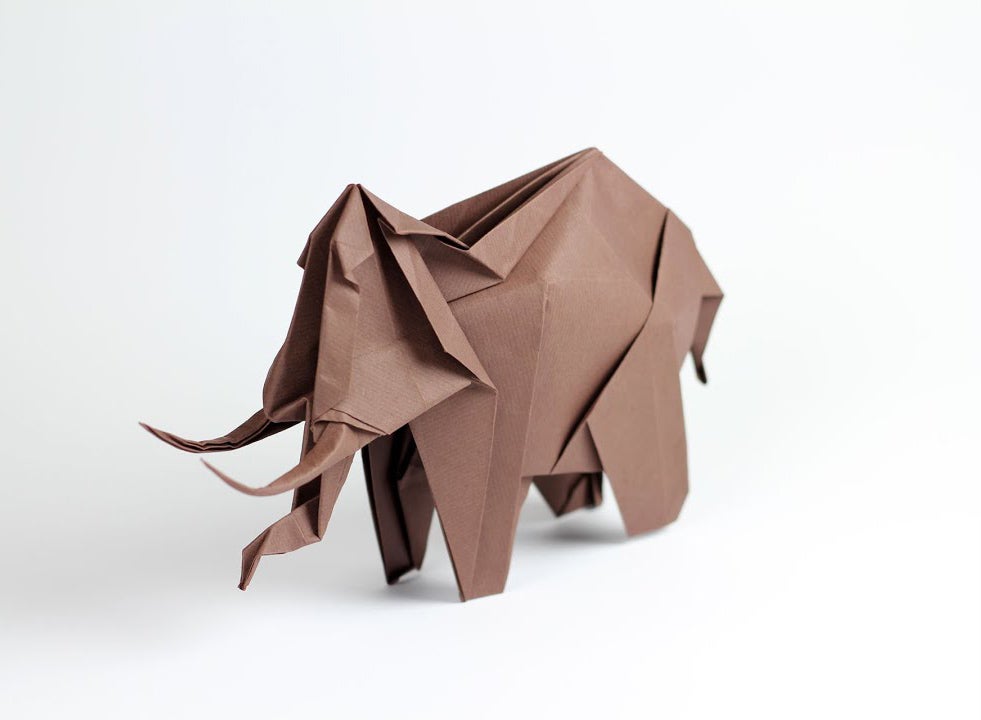 | ACTIVITYMake a mammoth Share your masterpiece. Post a pic of your mammoth on Instagram and tag the museum: @mnch_uo. |
 | VIDEOForgotten Elephants of Deep Time |
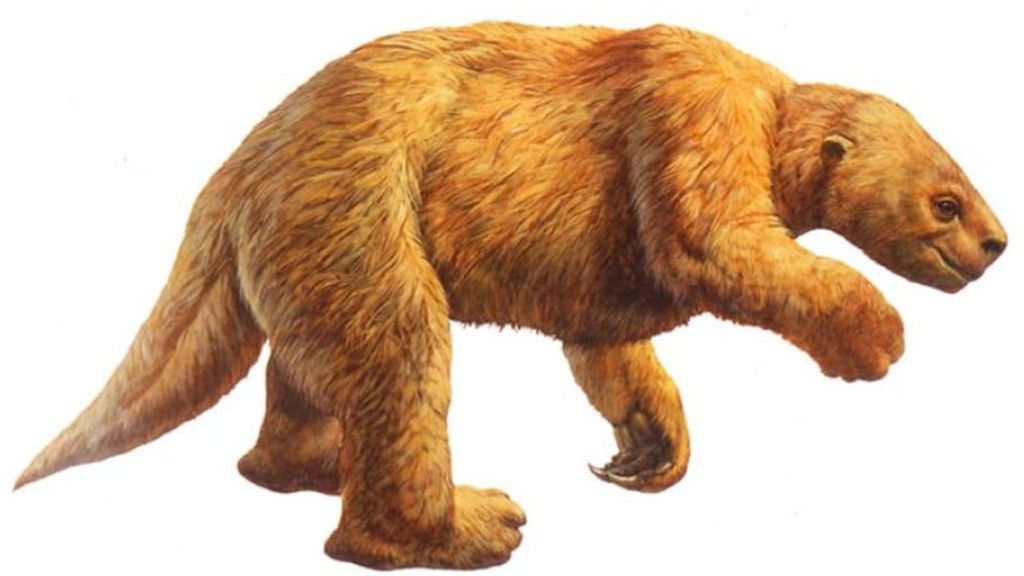 | ACTIVITYStroll like a sloth |
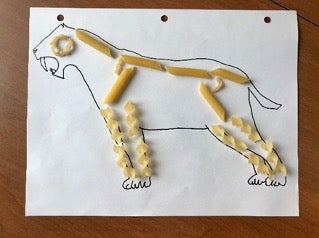 | CRAFTPasta play! Show us your creations! Post a pic of your animal skeleton on Instagram and tag the museum: @mnch_uo. |
Explore our other at-home adventures.
Please note: The University of Oregon has no control over the content offered by third party websites. Parents and guardians should monitor the online activities of their children to ensure the content is age appropriate and to ensure the safety of their children.
